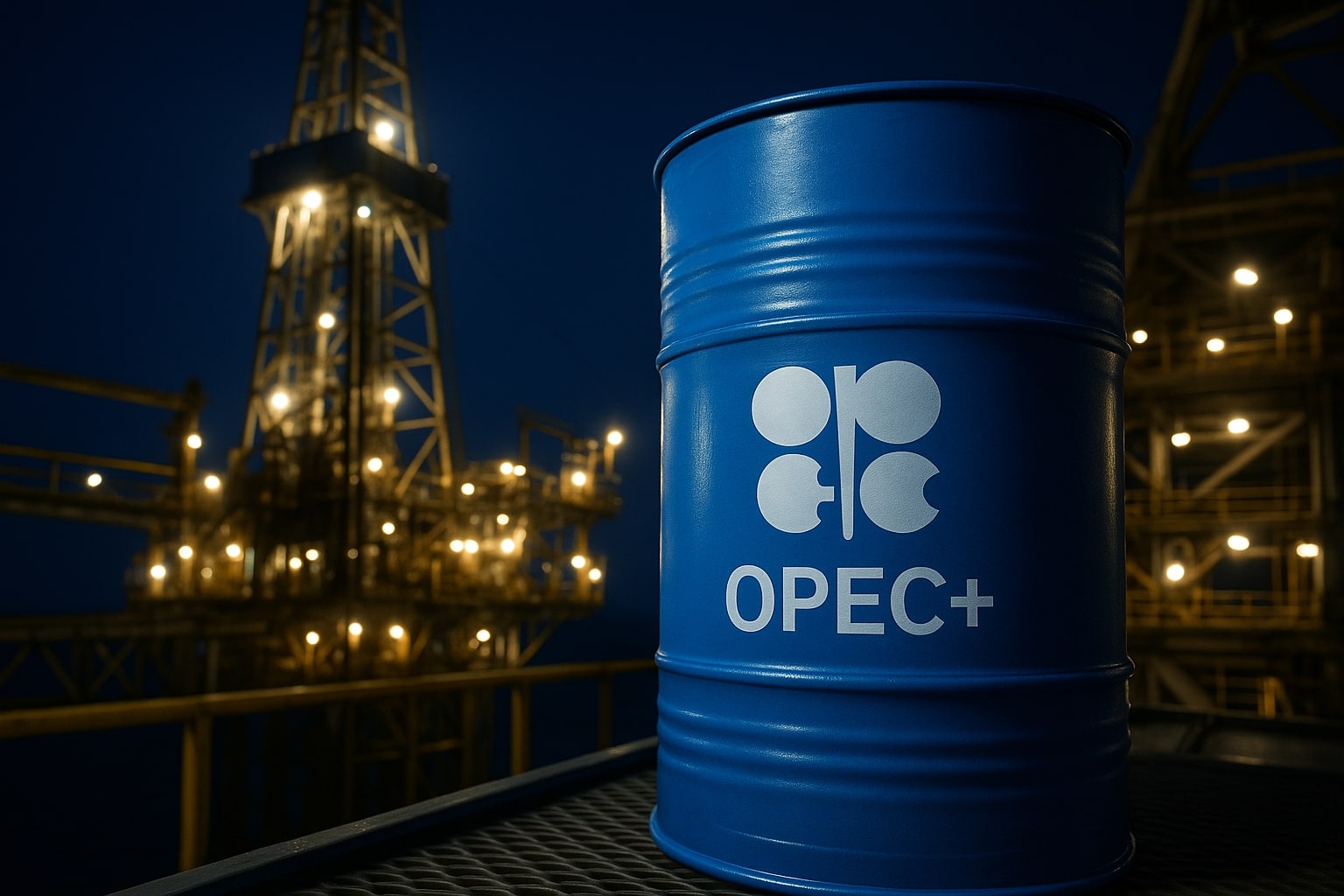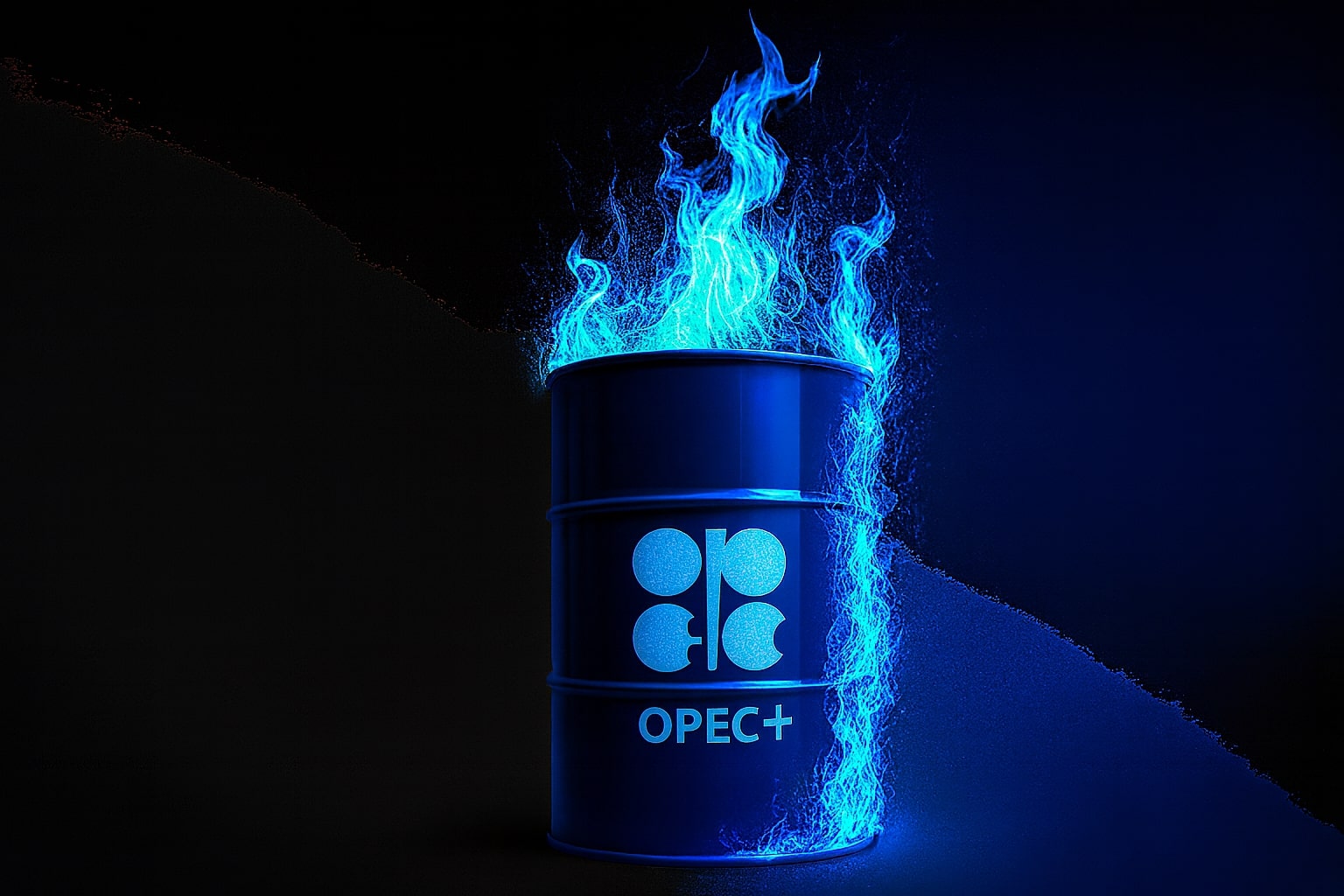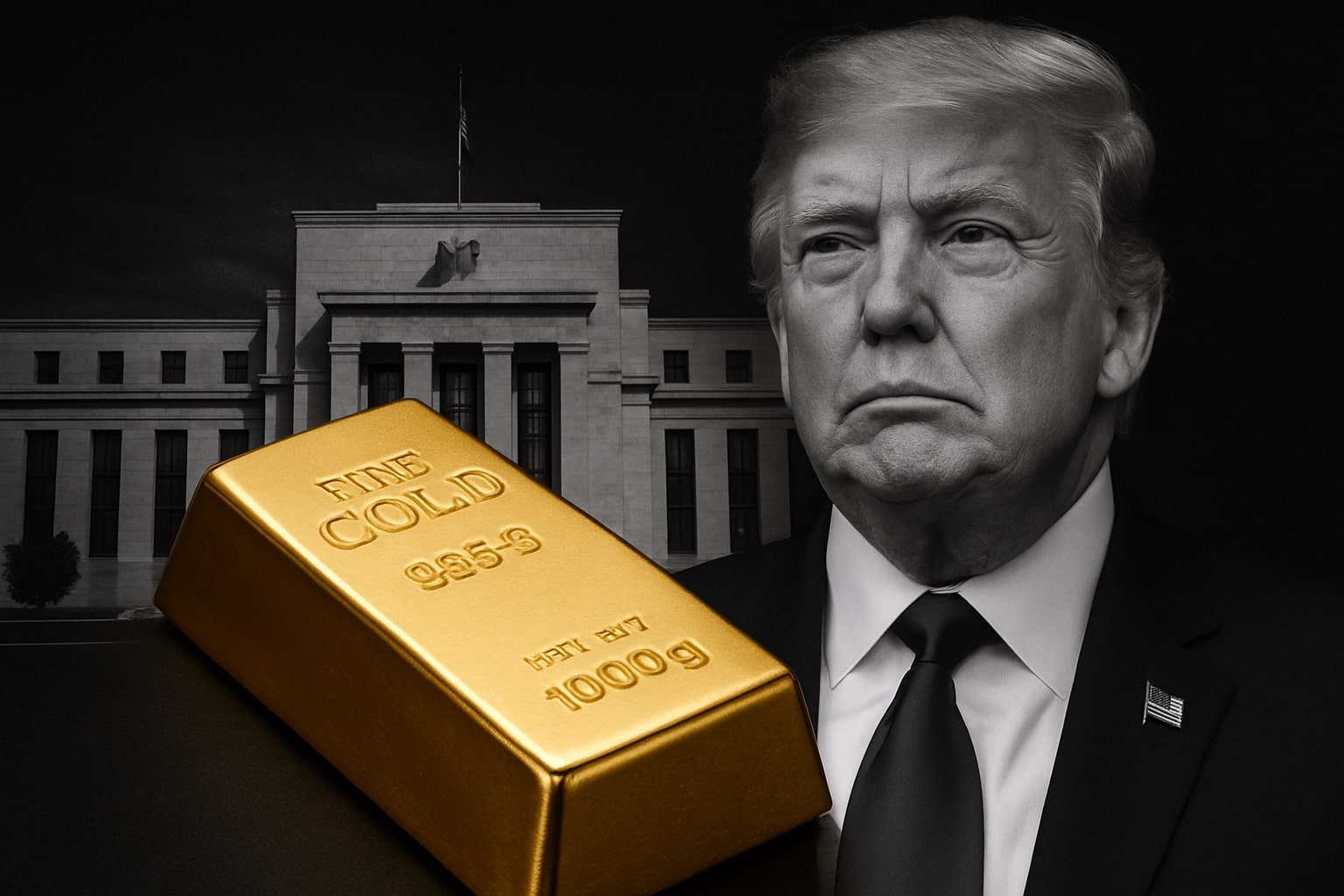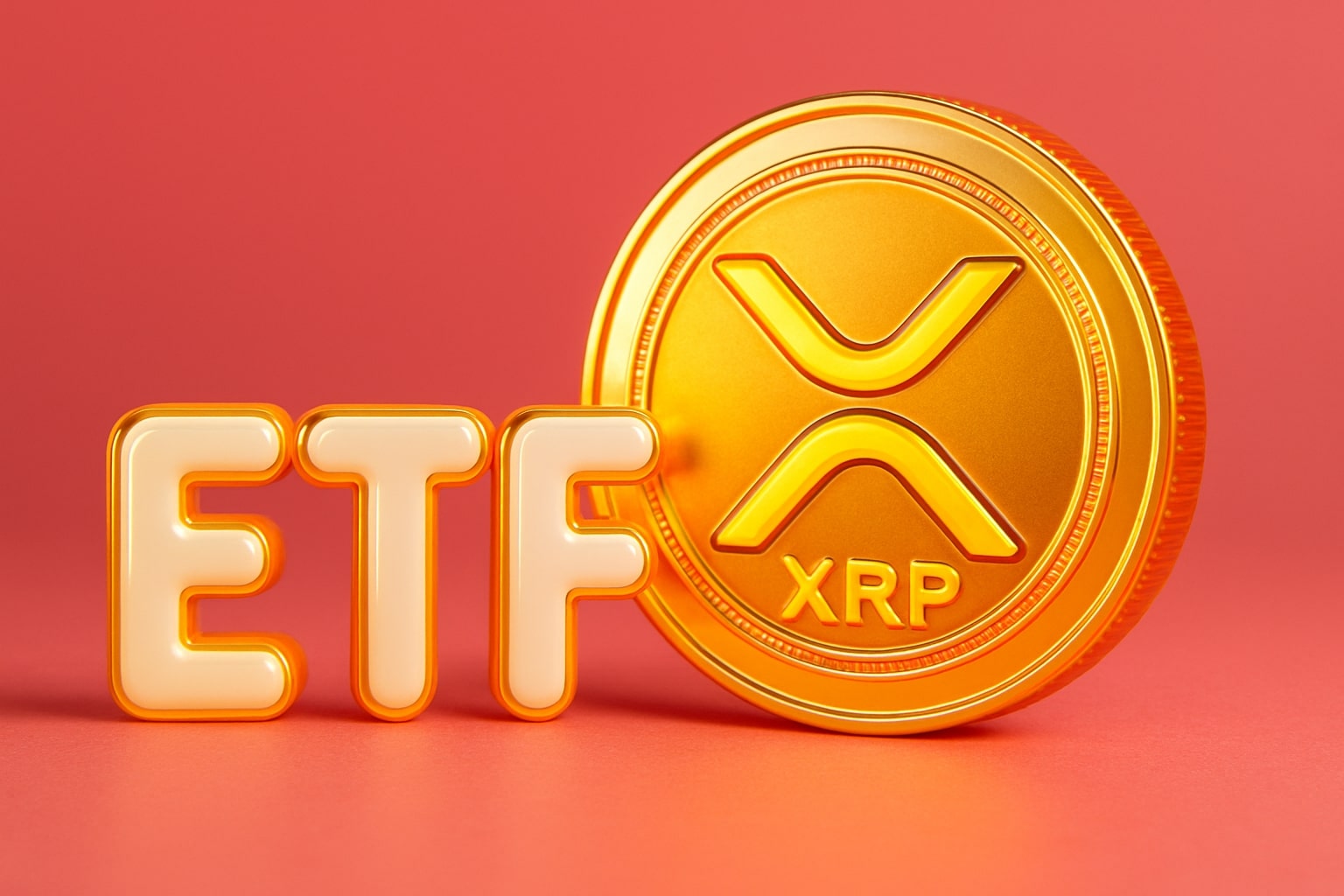
Oil Prices Jump as U.S. Sanctions on Russia Trigger Supply Shock, WTI Tops $62
Crude rallied sharply on Friday with WTI at $62.02 and Brent at $66.42, after Washington sanctioned Rosneft, Lukoil, and Sovcomflot, removing nearly 4.5M bpd from global markets | That's TradingNEWS
Oil Prices Surge as U.S. Sanctions on Russia Spark Supply Shock and Push WTI Above $62
Oil prices surged on Friday as traders reacted to sweeping new U.S. sanctions on Russia’s energy sector that reignited supply fears and fueled one of the strongest weekly rallies since July. West Texas Intermediate (WTI) crude futures rose 0.37% to $62.02, while Brent crude gained 0.65% to $66.42, extending a powerful rebound that lifted both benchmarks more than 7% for the week. The OPEC basket also jumped 6.14% to $67.25, reflecting tightening fundamentals across the market. The renewed sanctions, announced by the U.S. Treasury Department, target major Russian producers including Rosneft, Lukoil, and tanker group Sovcomflot, effectively cutting off nearly 4.5 million barrels per day of exports from Western trading networks. Energy desks quickly recalibrated supply models, warning that even partial enforcement could squeeze physical flows in Europe and Asia, where refiners had relied on discounted Russian grades to offset higher OPEC costs. The move came just as inventories were trending below five-year averages, intensifying the scramble for replacement barrels.
Traders say the sanctions caught markets off guard, reversing a two-week downtrend driven by weak Chinese data and record U.S. output. The U.S. Energy Information Administration (EIA) reported domestic production at 13.3 million barrels per day, near record highs, but the headline was overshadowed by the Russian supply risk. Analysts at several trading houses noted that prompt spreads flipped back into backwardation, signaling stronger near-term demand. Brent’s December-January spread widened to $0.83, its highest level since August, a clear sign of tightening supply.
The geopolitical risk premium also returned, with renewed tension in the Middle East adding to bullish sentiment. Reports of Iranian-backed groups clashing near the Strait of Hormuz spurred safe-haven buying across energy futures. Market participants said that a prolonged disruption could push Brent toward $70, especially if Russian cargo redirections fail to materialize quickly. “The market was oversold and complacent about geopolitical supply shocks. The sanctions and shipping risks changed the entire short-term structure,” said one London-based oil trader
Read More
-
PPA ETF at $154: Can This Defense ETF Keep Beating ITA and SPY?
14.12.2025 · TradingNEWS ArchiveStocks
-
XRP ETFs XRPI and XRPR Pull In $975M While XRP-USD Fights To Hold $2
14.12.2025 · TradingNEWS ArchiveCrypto
-
Natural Gas Price Forecast: NG=F Hits $4.11 As Warm Winter Outlook Puts $3.913 Support At Risk
14.12.2025 · TradingNEWS ArchiveCommodities
-
USD/JPY Price Forecast - Dollar to Yen Can BoJ’s 0.75% Shock Break The 155–158 Range?
14.12.2025 · TradingNEWS ArchiveForex
U.S. economic data also contributed to price support. A softer consumer price index reading, showing annual inflation at 3.0% versus 3.1% expected, eased fears of prolonged monetary tightening and weakened the dollar, improving demand prospects for dollar-denominated commodities. Meanwhile, speculative positioning on the NYMEX turned sharply higher, with net longs in crude futures rising by nearly 45,000 contracts, the largest weekly build since June.
Despite the bullish tone, some analysts caution that the rally could face resistance if the sanctions’ impact proves less severe than anticipated. Russia has increasingly rerouted oil through non-dollar settlement channels and shadow fleets operating under Asian insurers. “If enforcement leaks, supply disruption may remain limited to 500,000 barrels per day,” warned one Geneva-based broker. Still, most market participants agree the optics alone will tighten sentiment ahead of the next OPEC+ policy meeting, where Saudi Arabia and Russia are expected to reaffirm voluntary cuts totaling 2.2 million barrels per day through year-end.
In technical terms, WTI faces initial resistance near $62.50, followed by $63.80, while support lies at $60.40. Brent’s next key level sits at $67.80, with support near $65.10. Momentum indicators point to further upside as RSI readings move out of oversold territory for the first time in three weeks.
At current levels, crude remains well below its September highs near $74, but traders say sentiment has clearly shifted. If compliance with sanctions remains firm and OPEC maintains discipline, WTI could test $65–$66 in the coming sessions. The week’s rally underscores how swiftly geopolitical catalysts can reset oil’s narrative—from fears of oversupply to renewed scarcity—in a market where every headline can move billions of dollars in a single session.



















